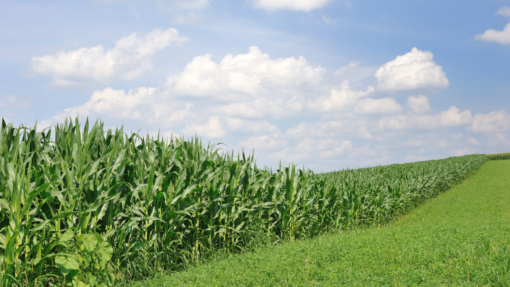Congress is rushing to finish up its year-end work. President Biden has already signed the continuing resolution to fund most of the Federal government through February 18, 2022, and Congress has now reached agreement on other priorities like the National Defense Authorization Act and raising the debt ceiling. Reaching agreement on the Build Back Better Act (BBBA) – which passed the U.S. House of Representatives on November 19, 2021 – has proven to be more elusive.
While the BBBA touches on a number of different topics – falling mostly under the banner of “human infrastructure” – most of the agriculture-related provisions are tied to addressing climate change. As noted in Figure 1, the bill dedicates an estimated $76.9 billion in spending on agriculture-related priorities over the next 10 years. For example, $26 billion is provided for forestry activities, most of which is for forest restoration and fuels reduction projects. Another $25.3 billion is provided for a number of rural development priorities, including $6.6 billion for a “fix” to the debt relief for socially disadvantaged producers provision from the American Rescue Plan (which has run into a number of constitutional challenges in the courts). Perhaps most notably, the bill also includes $23.5 billion for conservation, with $5 billion going to cover crops and most of the remainder going to temporary plus-ups for existing conservation programs.
The path forward for the BBBA is not clear. Even if the Senate reaches agreement before the end of the calendar year, they may very well amend the bill which will require the House to weigh in again. Finally, even if the bill does become law, the temporary nature of the funding increases on the agriculture-related provisions may very well add to the complications that Congressional negotiators will face as they write the next farm bill.

Fischer, Bart. “Build Back Better?” Southern Ag Today 1(50.4). December 9, 2021. Permalink

